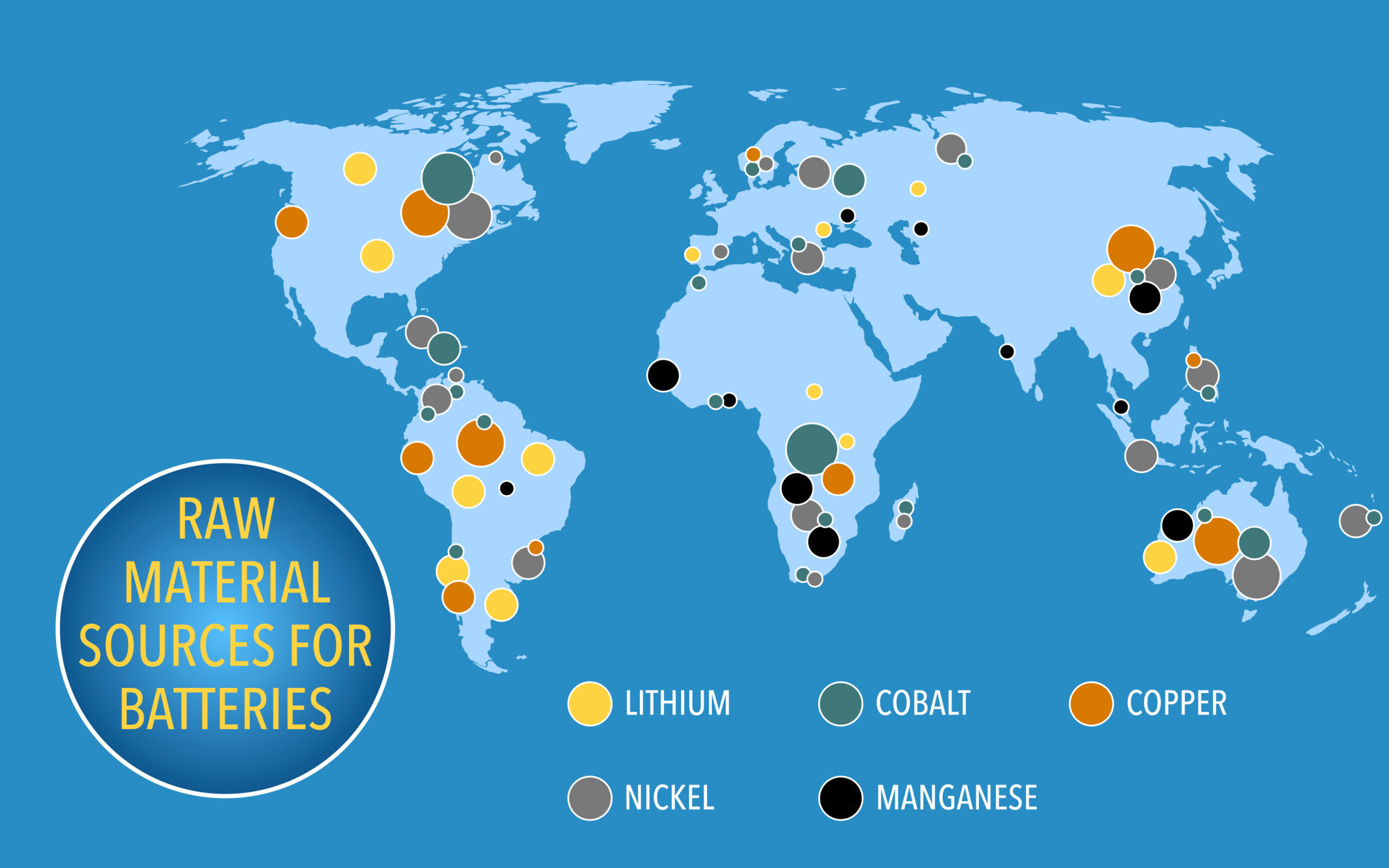On Your Marks, Set
In our January 11, 2024, special report, we conveyed that the Securities and Exchange Commission (SEC) approved 11 spot bitcoin exchange-traded funds (ETFs). This landmark decision lowered the barricades for institutionalized capital flows into Bitcoin. The SEC approvals come after a lengthy legal battle by several industry leaders, such as Coinbase and Grayscale, against the SEC that had lasted for more than a decade since Tyler and Cameron Winklevoss first proposed a spot bitcoin ETF in 2013.
Bitcoin was the top-performing asset class in 2023 and gained 155% for the year according to CNBC. Bitcoin ETFs clearing the SEC approval hurdle in early January created an exciting track event. After the SEC fired the starter gun, it was off to the races for the investment athletes to gather the most bitcoin ETF assets under management (AUM). The track stars included large Clydesdale-like contestants, like AUM-behemoths Fidelity Investments and BlackRock, as well as newer, challenger managers, like ARK 21Shares led by Cathie Woods of ARK Invest, a leading investor in disruptive technologies, and Bitwise, the largest crypto index fund manager in America.
Below is a table of the eleven approved bitcoin ETFs with symbols and reported fund management fees with teaser fee waivers and post-fee waivers in parenthesis:

Please note that as depicted above Grayscale Bitcoin Trust (GBTC) with almost $25 billion in bitcoin holdings was converted from a trust to an ETF (GBTC.P) on January 11 after the SEC approved U.S.-listed bitcoin ETFs. GBTC had been trying to convert to an ETF since 2016 and ultimately had to litigate with the SEC to obtain a court decision affirming that the SEC’s disapproval of Grayscale’s previous bitcoin ETF filings were “arbitrary and capricious.” While regulatory approval was litigated, GBTC traded at a discount to its underlying bitcoin holdings that reached as wide as 50% in December 2022, following the collapse of crypto exchange FTX. GBTC was the investment vehicle used by Servant to provide client portfolios with small, yet meaningful exposure to bitcoin (generally purchased at discounts to net asset value or NAV). Allocations ranged between 0.5% to 2.0% of portfolio value, depending on investor risk tolerance.
First 10 Days of Trading
As depicted in the next table below, there have been net inflows of $745 million to all eleven bitcoin ETFs in the 10 trading days through January 25, 2024, with $4.8 billion flowing out of GBTC and $5.5 billion flowing into the other 10 bitcoin ETF (excluding GBTC). The two hulking runners have gotten off to an early lead in asset gathering with BlackRock iShares Bitcoin Trust raising $2.1 billion and Fidelity’s Bitcoin Fund garnering $1.8 billion. Ark21 and Bitwise were tied for the bronze medal in this race at $550 million in cash inflows.

Data courtesy of James Seyffart
You may be asking yourself “Why the net outflows from GBTC?” Well, there are two principal reasons that I believe represent episodic selling. We remain bullish on bitcoin for the long-term as we discuss further below. First, GBTC was an asset held by FTX. The liquidator of this bankrupt entity patiently awaited GBTC conversion to an ETF when the discount to NAV would be its narrowest to begin selling its GBTC interests. There are reports that FTX’s liquidator has sold as much as $1 billion of GBTC in the past 10 days.
Secondly, many GBTC investors may have been selling GBTC in these 10 days and purchasing another ETF with a substantially lower management fee. Although GBTC lowered its fee by 0.5% from 2.0% to 1.5% with its conversion to an ETF, its fees remain substantially higher than the other 10 ETFs. Fees for the other 10 ETFs range from 0.2% to 0.9% (without fee waivers), leading investors to switch to more investor-friendly racers.
Despite the 10 other ETFs being large purchasers of bitcoin, this GBTC selling pressure as well as FTX liquidators potentially hedging price risk on its holdings in bitcoin futures markets put downward pressure on the trading price of bitcoin. It is rumored that FTX’s liquidation of GBTC may now be complete. Meanwhile, other investors’ rotation out of GBTC to other bitcoin ETFs with lower fees may also be slowing, possibly resulting in more favorable supply-demand characteristics. For example, on January 26th, GBTC aggregate outflows slowed to their lowest since conversion at $255 million, down from an average daily outflow of roughly $500 million. Some believe the news of GBTC’s slowing outflows propelled Bitcoin’s 4.7% appreciation on January 26, 2024.
Bitcoin Supply-Demand Outlook
We remain bullish on Bitcoin in the near and longer term. First, the next bitcoin halving will occur when the number of bitcoin blocks reaches 840,000 which is expected sometime in April 2024. The reward per block will decrease from 6.25 bitcoin to 3.125 bitcoin at that time. This halving of the block reward (proof of work, newly mined bitcoin) occurs roughly every four years. This next halving will be the fourth. The average daily block reward will be cut in half from 900 bitcoin per day to 450 bitcoin per day or an annual supply cut from 328,500 bitcoin to 164,500 bitcoin. This compares to average net bitcoin purchases by the ETFs of roughly 1,200 Bitcoin per day or 438,000 Bitcoin per annum. After the next halving, demand is estimated to exceed supply by 2.7 times.
In addition to blockchain rewards for mining Bitcoin, miners/nodes on the blockchain network also earn transaction fees. As block rewards decrease, there is an expectation that transaction fees will increase. The Bitcoin blockchain is not designed to work on a FIFO (“first in, first out”) basis but rather an HFFO (“Highest fee, first out”) basis. In other words, market participants can pay for more timely transaction processing. The chart below from ChartsBTC graphically summarizes these foregoing concepts.

Secondly, most of the ETF buying to date has come from self-managed retail and institutional investor accounts. Fidelity, BlackRock, ARK21, and Bitwise haven’t yet had time to marshal their resources and call on their relationship networks of registered investment advisors, family offices, endowments, pensions, corporate treasury departments, and sovereign wealth funds. I spoke with our Fidelity custodial representatives last Friday and they indicated that Fidelity had just gotten started on internally educating their salesforce and distribution teams.
ETF Bitcoin Rotation in Client Portfolios
Servant Financial intends to rotate client allocations out of GBTC and into Fidelity Bitcoin Trust (FBTC) over the next few weeks. Liquidity is critical in this volatile asset class, so the choice came down to Fidelity and BlackRock. Fidelity is by far the more seasoned Bitcoin pacer. Further, Fidelity has the distinction of being the only ETF sponsor able to custody the bitcoin themselves. On the other hand, BlackRock is a late starter to this Bitcoin track and field event.
Fidelity Investments began researching bitcoin and blockchain technology in 2014, resulting in the creation of a dedicated business for this innovative asset class, called Fidelity Digital Assets. Bitcoin and digital assets are an important part of Fidelity’s business strategy consistent with their stated belief that further digitization of investments will alter the future of capital markets, digital payments, and value storage.
Fidelity has been running this Bitcoin endurance race for nine long years already. Fidelity has witnessed firsthand Bitcoin’s transition from a niche technology to the threshold of becoming a mainstream asset. We expect that Fidelity will continue to build products that support the rapidly evolving digital asset ecosystem, enable broader adoption, and educate investment advisors and investors on this emerging asset class. Below is Fidelity’s Bitcoin and digital asset timeline.

It’s a Marathon, Not a Sprint
I’d like to think Satoshi Nakamoto was into long-distance running much like Fidelity Investments. His vision for a trustless form of electronic cash articulated in his white paper “Bitcoin: A Peer-to-Peer Electronic Cash System” certainly had a long-term focus as it stretched out the network incentive architecture beyond 2048. Satoshi’s strategic vision was to build the most secure and efficient network of computing power the world has ever known. Such a network would make the double-spending problem (fraudulent Bitcoin creation) prohibitively more expensive with each successive halving. Miners/nodes are incentivized through block rewards and transaction fees to participate in the Bitcoin blockchain network (compensation for mining/computational work). The economic desire for bitcoin miners to operate profitably, the step down of the block reward every four years/halving, and the inherent transition to transaction fee-based compensation to network participants (reflective of the market value of the network/transaction service) creates a virtuous cycle of increased security, efficiency, and value of the bitcoin blockchain network over time.
Nirvana for bitcoin miners is frictionless mining or near zero cost of mining. This can be achieved by continuously driving up the efficiency of the computing power (Moore’s law) and driving down the cost of energy by utilizing zero cost/stranded energy sources (methane typically flamed in oil and gas production, excess renewable energy (wind, solar, hydro, geothermal) not always needed by the electricity grid and biomass). The value of this distributed Bitcoin network can generally be thought of under two methods a) cost method – the cost to build and maintain the security and integrity of the network and b) fair value method – the aggregate net present value of the cash flow of miners/nodes for transaction and blockchain network services.
Since bitcoin represents an implicit ownership claim on this distributed blockchain network, we expect to HODL (hold on for dear life) to client bitcoin ETF allocations, content in Satoshi’s intelligent design of a distributed blockchain ledger. It’s a bit of a Promised Land of computing with perfect knowledge and consensus in the truth, everlasting rest and peace with security from attack, distributed and independent yet in communion and interconnected with neighboring nodes, and contentment and joy from separation from the corruption of fiat money.








